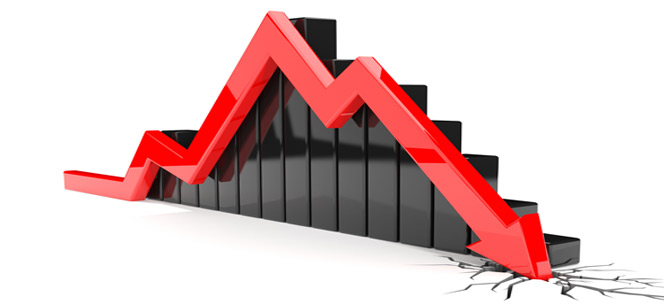Saskatchewan is in deficit and needs to trim spending

It’s like a diet that makes you fat. It’s like a clown that makes you sad. It’s like an umbrella that makes you wet. It’s a balanced budget that drives up debt.
When a government spends more than it collects it’s a deficit and Saskatchewan has a deficit.
Don’t panic. Saskatchewan is in great shape overall. Deficits aren’t good, but with some small spending cuts we can deal with this deficit.
This year the Saskatchewan budget projects revenues of about $14.3 billion and expenses of about $14.2 billion, for a so-called surplus of $107 million. Then, in a second budget, the government then plans to spend another $797 million on government-owned capital projects such as roads and bridges. It plans to borrow up to $700 million to pay for that infrastructure.
That’s a deficit.
The government is calling the budget “balanced” because the borrowing will pay for infrastructure. But that argument is flawed. First, even if the government wanted to sell a hospital or a highway it would be tough to get enough money to clear the debt, so using that value to balance out debt is dubious at best. Second, the government builds infrastructure every year – if infrastructure is consistently debt financed we’ll be in trouble fast.
Jack Mintz, director of the School of Public Policy at the University of Calgary, recently discussed the issue of borrowing for infrastructure: “At one time, I thought … capital budgeting provides a truer picture of the benefits associated with infrastructure,” writes Mintz. “However, with voter confusion over the meaning of a deficit under capital budgeting, I think [the traditional] approach is more transparent as to what a deficit means in terms of borrowing.”
Economists Bev Dahlby, from the University of Calgary, and Michael Smart, from the University of Toronto, make a similar point in their paper The Structure and Presentation of Provincial Budgets.
“Financing a bridge or school with debt is like a family buying a house, goes one common rationalization, or like a business taking out a loan for equipment,” Dahlby and Smart write. “Under closer scrutiny, [these arguments] hold almost no water at all. If provinces want to build more roads, bridges, schools, airports, hospitals and other infrastructure, they would do taxpayers a much bigger favour by financing it through current income.”
Bond rating agencies that assess debt risks are raving about Saskatchewan’s strong economic performance overall, but they’re not afraid to call out deficits. Standard and Poor’s factors both operating and capital spending in Saskatchewan and notes a small “after-capital deficit” in 2014 with more projected in the future. Another agency, DBRS, does its own calculations and projects small “DBRS-adjusted deficits” for the province.
Here at the Canadian Taxpayers Federation we call a shovel a spade: it’s a deficit.
To be sure, Saskatchewan has hundreds of miles of crumbling roads and numerous neighbourhoods with aging and crowded schools and hospitals. The Saskatchewan Party government has invested billions to strengthen our infrastructure and it’s diligently put every dollar collected from drivers through fuel taxes back into the roads. But our infrastructure has been decaying for decades and there’s lots of hard work left. There’s nothing wrong with making infrastructure a high priority.
But it’s the government’s job to set priorities and make the tough decisions. This isn’t optional. Adding debt means rising interest payments today and principal payments tomorrow. That money has to come from somewhere: either the budget has to be trimmed or taxes have to go up.
Yet, if we reduce projected spending by 1 per cent each year for three years we’ll save a total of about $875 million that could go into infrastructure or debt repayment. Trimming spending by 3 per cent over three years now will be much easier than making deeper cuts that will be necessary if we procrastinate.
We’re all rightfully proud of the new Saskatchewan. We’ve come a long way. But it’s worth remembering that there’s more than one road back to the old Saskatchewan. Spending more than we have has taken us to that sad have-not place before. We need to admit we’ve made a wrong turn and make a few right turns to get back to budgets that are truly balanced.